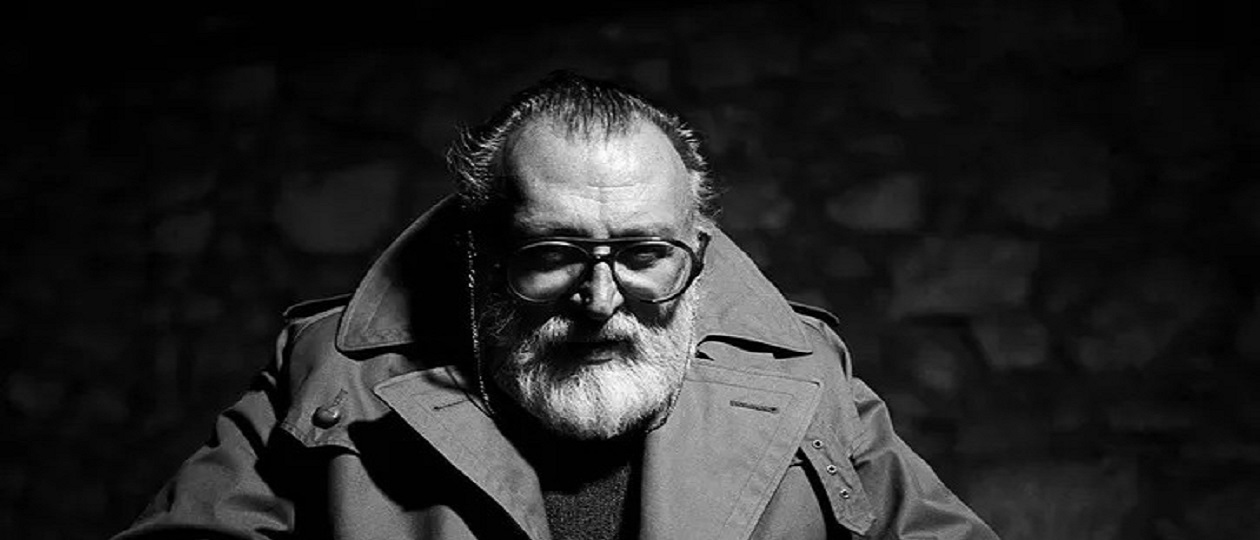
Sergio Leone’s ‘900 Days’ — The Story of a Grand Project on the Siege of Leningrad.
Sergio Leone, the author of the best Western films in history, was not very popular in the USSR. Soviet film critics criticized the Italian director for the aestheticization of violence, caustic irony and the lack of a moral compass in the heroes of his films.
But domestic directors could not escape Leone’s influence: the nationally beloved “White Sun of the Desert” and some others in places frame by frame quote episodes from “The Good, the Bad and the Ugly” and “Once Upon a Time in the West”. In turn, the history of the most grandiose idea of the Italian genius goes back to a tragic page in the history of the USSR — Leone was “sick” with the theme of a film about the siege of Leningrad, starting as early as 1969.
The starting point for the creation of the Leningrad film epic was the documentary book “900 Days”, which became a world bestseller. Its author was the special correspondent of The New York Times in the USSR, Harrison Salisbury, who visited the liberated northern capital in February 1944. Despite his hostility to the Soviet system and way of life, the American journalist did not hide his admiration for the feat of the Leningraders:
“Year after year passes, and each of us comprehends ever more deeply the magnitude of the triumph of the human spirit. Great Leningrad withstood the 900-day blockade imposed by Hitler’s hordes during the war. Nothing can diminish the heroism of men and women: they fought in spite of hunger, disease, shells falling on their heads, the absence of transport, in a city where death seemed to rule the roost. The story of these days is an epic that will stir hearts as long as humanity exists.”
Some time later, Leone heard Shostakovich’s Seventh Symphony, partly written in Leningrad during the siege. The music, which became a symbol of the greatness of the undefeated city, captivated the director. Leone told Mikhail Kalatozov, the author of The Cranes Are Flying, about his idea to make a film about the tragic events of those years during their meeting in Rome in the early 1970s.
Describing to his colleague a scene of breaking the blockade at one of the sites, the Italian threw 200 Soviet tanks into the battle, after which the Soviet filmmaker interrupted him, saying that in reality there were only two armored vehicles there. To Sergio Leone’s credit, after this conversation he promised himself, in his own words, “to fantasize less and rely more on facts.”
The director of “A Fistful of Dollars” first visited the Soviet Union in 1971, at the height of the easing of international tensions. Improved relations between the USSR and capitalist countries promised directors on both sides of the Iron Curtain brilliant prospects for joint film production. Examples of such collaborations were George Cukor’s “The Blue Bird”, Akira Kurosawa’s “Dersu Uzala”, Mikhail Kalatozov’s “The Red Tent” and Sergei Bondarchuk’s “Waterloo”. Leone, who had once shot “Wild West in the Spanish desert”, felt that a film about the Leningrad tragedy could only be made in the city on the Neva itself. Negotiations with the Soviet side were unsuccessful, since Solbseri’s book, which became the basis for the idea, was not well received in the USSR.
A common language was found after the beginning of perestroika. Thanks to the support of Elem Klimov, the head of the Union of Cinematographers of the USSR at that time, Leone managed to meet with Soviet writers who told him about the blockade. Soon, in early February 1989, an agreement was signed between the Italian and Soviet sides on the joint production of “900 Days”. In addition, for the first time, Leone’s film was released in the Soviet Union — it was the epic crime drama “Once Upon a Time in America”. Unlike the USA, the USSR showed the film in its full version, which required, given its solid running time, dividing the film into three parts, each of which gathered more than 20 million viewers in front of the screens.
“Based on the facts documented in the book, I imagined a story with other characters, which would branch off from the original. My hero is not a journalist, but a young American cameraman accompanying a Soviet correspondent on his way to Leningrad. They were supposed to stay there for only a few days, but soon, together with the city’s residents, they find themselves in the siege ring. The American cameraman meets a resident of Leningrad and forbidden love flares up between them. In the end, the cameraman dies with his camera in his hands, filming the last hours of the siege. His beloved learns of his death after watching a newsreel: it captures the moment of the cameraman’s death,” — Sergio Leone himself described his idea.
It was assumed that the main character would be played by Robert De Niro, who shone in Once Upon a Time in America, and the Soviet girl would be played exclusively by a Soviet actress.
The director categorically refused the Oscar-winning Meryl Streep. Long-time associates of Leone were supposed to take part in the creation of 900 Days — composer Ennio Morricone, a former classmate of the director, and cameraman Tonino Delli Colli. The budget of this large-scale production was estimated at 100 million dollars — an incredible amount of money for 1989. For example, “Terminator 2”, released two years later, cost its creators about the same amount.
Alas, the grandiose plan was not destined to come true – two days before the signing of the contract for financing “900 Days”, Sergio Leone died of a myocardial infarction. The production of the project, without a single shot or written script, could have been headed by Alexei German, who was recommended to Hollywood producers by Andrei Konchalovsky. But the genius of Soviet cinema did not agree with the Americans on one issue: he refused to shoot a film about the siege in color. German was even ready to compromise: the scenes of the film outside Leningrad could be in color, and inside the city exclusively in black and white. But they could not come to an agreement.
Later, the names of Jean-Jacques Annaud (“The Name of the Rose”) and Giuseppe Tornatore (“The New Cinema Paradiso”) were linked to “900 Days”, but the film never saw the light of day — perhaps for the best. Italian screenwriter Ernesto Gastaldi, responsible for several of Quentin Tarantino’s favorite films (“The Strange Vice of Mrs. Ward”, “Days of Rage”, “The Long Hair of Death”), shared his memories of working with the director with the author of the article. Gastaldi also acted as screenwriter for two of Sergio Leone’s production projects — “My Name is Nobody” and “A Genius, Two Countrymen and a Fledgling”:
“For “Once Upon a Time in America” I only wrote a treatment, very different from what came out in the end (I would never have made a former gangster a senator). I was forced to give up writing the script because at that time I could not leave my wife, who had just given birth by cesarean section, and Sergio was calling me to New York to meet him and De Niro without a specific date for returning to Italy. As for “900 Days”, Leone called me a few weeks before his death to discuss the Leningrad project. The newspapers wrote that the film was about to go into production, but Sergio told me that not a single line of the script had been written yet. He also promised to call me again when he got down to the project properly. Alas, this did not happen…





